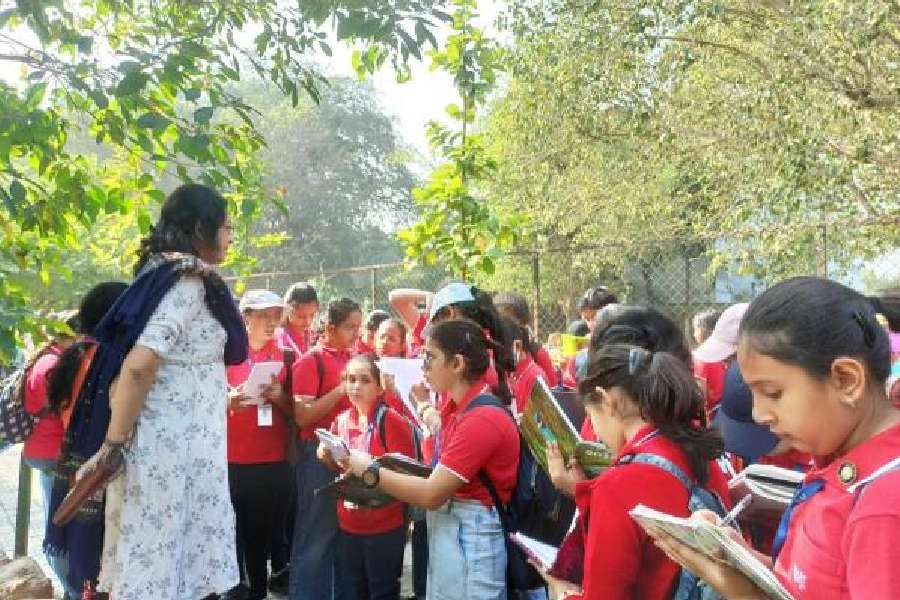Several schools used the time between exams and the publication of results to engage children in activities beyond the syllabus.
Schools in the city have reopened after the session's break.
Experiential learning helps the young to understand and retain better. It also bridges the gap between what they learn in class and how they apply that knowledge in real life, said teachers.
Modern High School for Girls arranged a visit to a grocery store in a mall to teach them about budget and how to prioritise need over want.
At La Martiniere for Girls, students in primary classes participated in a mathematics fair, where they had to use the principles of shapes to make a craft.
At Indus Valley World School, a group of students who learn stem education in the classroom, programmed robots to perform certain tasks.
Counsellors not associated with the schools said that such application-based approaches take into consideration diverse learners and help one understand better.
“They (students) can apply the topics they learn in class through the year and thus understand them better. It goes beyond the confines of syllabus or books,” said Damayanti Mukherjee, principal, Modern High School for Girls.
Students in middle school were asked to build homes using the concepts of ratio and proportion.
One particular student made a kitchen which was bigger than the living room.
“In theory, they know what are ratio and proportion, but they made an error of
judgment when they had to implement the concepts. Hence, these activities become important,” said a teacher of the school.
A group of Class VII students were given Rs 500 to buy items that they needed in the house.
“Rs 350 was used to purchase necessities while Rs 150 was used to buy health snacks. Besides learning about budget, they also understood how to make the right choice before they purchase something,” said Mukherjee.
La Martiniere for Girls organised an art mela on “free expression”. The fair was held to allow each child to express herself. A group of students were dancing on the field to capture the essence of the spring festival.
“These activities help to hone their creative skills. This learning is transformational and remains with them. There is no pressure to perform,” said Rupkatha Sarkar, principal, La Martiniere for Girls.
Counsellors said that such activities help break the monotony of a regular classroom, something that children look forward to.
“If parents try to teach the importance of budgeting they would often fail because the child will throw a tantrum. They learn better from teachers,” said a counsellor Anju Chirimar.
“Our education system often does not give enough scope to learn the practical applications. But such activities make it easy for children,” said Chirimar.
Psychotherapist Farishta Dastur Mukerji said often the focus was on learning by reading and writing. But activity-based learning expands the scope, she added.
“Neurodiverse learners can also learn better because they get to showcase their learning. Such activities should be held throughout the year,” said Dastur Mukerji.
